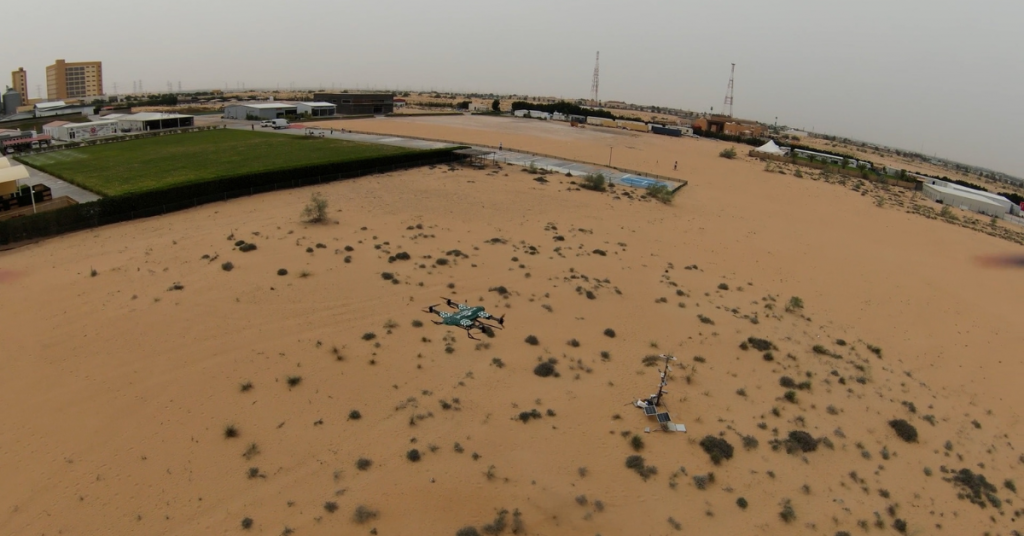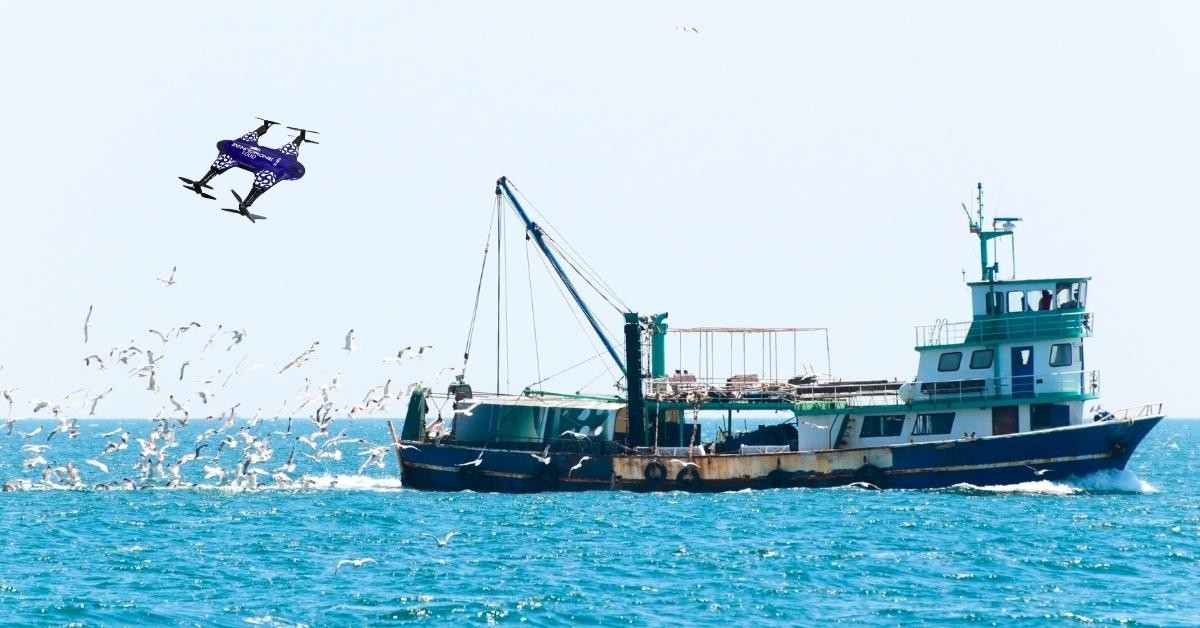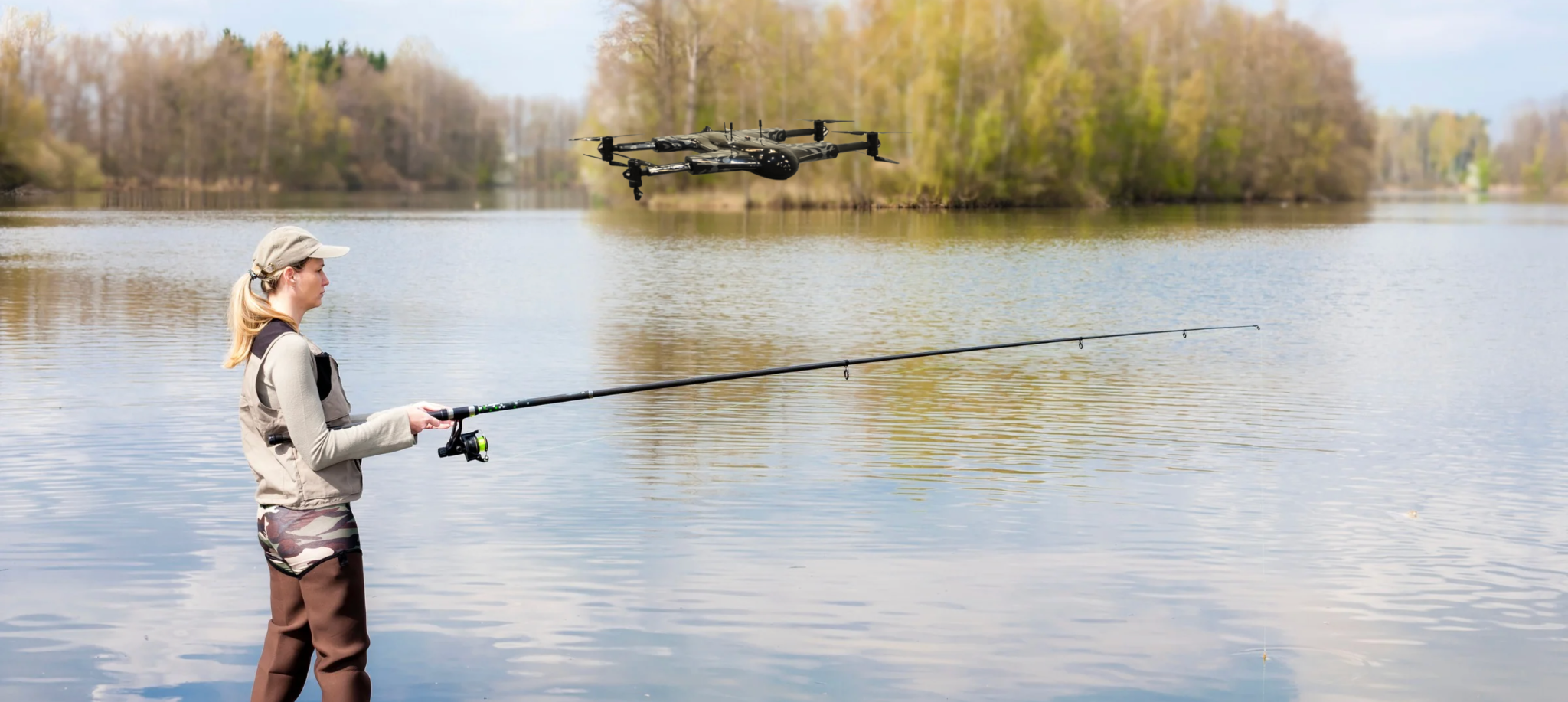Discover the Perks and Challenges of Having GPS Drones

Drone technology has become an essential tool for different industries. It became a go-to tool for cost-efficient and effective aerial viewing. The technology offers a wide array of functionality, making visual data gathering from above much more accessible than ever. One of the promising features is that drone technology can provide precise navigation, functioning like any aircraft. GPS drones are famous for allowing their controller to have a specific location during deployment. This kind of drone still has more to offer. In this blog, discover more about it, its perks, and its challenges.
Defining GPS Drones
It is like any drone technology but explicitly features GPS. This tracking functionality lets the user navigate its location once it takes off in the air and lands back. GPS-enabled drones come with a module that presents the drone’s positioning through a network of satellites. Linking these GPS drones to the satellites allows them to function in several ways, like scheduling an autonomous flight, positioning, waypoint navigation, and more.
Top 5 Perks of Utilizing GPS Drone Technology
One of the promising perks of GPS drone technology is supporting waypoint navigation. It is a feature that usually keeps autonomous flight operations successful. Drone pilots can set a pre-plan flight according to their target path. The pilot must only select the waypoint for its scheduled autonomous flight. Thus, it will not require manual control. For instance, if the business needs repetitive, regular aerial imaging, they can set the drone for the task, reducing the workforce.
1.Drones with gps for Aerial Navigation in Wide Space
One of the challenges in deploying drone technology is locating its positioning once it is in the air. Drone pilots will need a comprehensive and precise location not to lose it during the operation. It is best to invest in GPS drones when most flights are in wide open spaces. It can provide aerial navigation faster and more comprehensively. As most drone pilots find it challenging to locate the drones, especially in vast fields, drone with GPS navigation makes the job safer and faster. The feature will present the positioning and its movement, allowing the pilot to deploy it confidently.
2. Supports Better Stability
As there is enough navigation for drone technology, expect drone pilots to perform better than ever. And if the GPS drone technology is a quadcopter, the navigation functionality can work as better as its purpose. As this kind of drone can most likely withstand atmospheric pressure, such as windy weather, the GPS navigation can help the pilot locate it in real-time and not lose sight of it. Quadcopters with GPS drone features can make their performance even better. Provide improved flight stability through efficient GPS that can help handle inevitable aerial flight challenges.
3. Featuring Return-To-Home Option
Another commendable feature a drone tracking GPS supports is a return-to-home option or RTH. This feature is a significant aid for beginners. A drone with no GPS is already challenging to handle, and what is more to finding it once lost. Most advanced GPS drones come with RTH to avoid this unfortunate event. On the other hand, the return-to-home option allows the drone to return to its helipad autonomously at times needed, such as disorientation, loss of power supply, and other detectable programmed inconveniences. Hence, it saves the drone as it can systematically go back to the starting point.
4.Allowing Waypoint Navigations
Waypoint navigation aids aerial photographers whenever they need route planning to take particular sceneries at a specific time. On the other hand, it helps business sectors to make their job faster and more effective, as they can multi-task their aerial operations and other tasks.
5.Keeps Comprehensive Flight Record
One of the advantages of these GPS drone applications is keeping a comprehensive tracking of flight logs. The feature can automatically record each flight, from its location to the time and date of the operation. Most advanced GPS locator for drone can also provide real-time logs. A flight log is essential to help the business and the users track their activities. Hence, it is easier for them to track errors or questionable performances in case of anomalies. GPS drones with solid software security can ensure that flight logs are always safe and accessible anytime.
Common Challenges in Owning a GPS Drone
As the benefits of GPS drones are promising, owning this innovative tool also has its common challenges that need consideration. Here are some of the following.
1. Drone with gps be Pricey
GPS drone is typically much more pricey than a usual drone. Its price can vary depending on its manufacturer and developer. This kind of drone will need many considerations for beginners with little budget. However, this is an excellent investment in the long run for big corporations or businesses that need high-performance drones. For anyone who needs it, research affordable GPS drones closer to the allotted budget and maintain the target usage goal.
2. Drone GPS Consume a Lot of Battery Power
The GPS feature can be draining for some drone products. As someone who will invest in it, look for the one with commendable battery power and faster charging ability. On the other hand, the best way to handle this challenge is to know the drone’s battery life capacity and how the GPS functions consume it. In that way, users can quickly charge and use it again despite the chances of draining.
3. Drones and gps Can Also Have Potential Complications
Like any other technology, GPS-enabled drones can also have unexpected complications during their flight. For instance, it can malfunction within its functionality and deny the location. It can lose its core purpose of practical navigation. Another complication can do with its real-time position or chances of crashing. These inevitable situations can only be avoided with a thorough inspection and assuring that the drones are in their best state. To handle these situations, the company must always prepare a backup plan. Regardless, GPS drones are still commendable for better navigation purposes.
Quick Things to Consider in Choosing a drone gps
Best GPS drones are everywhere as the market demand continuously grows. As someone with an eye for this technology, here is a quick thing to consider in getting on.
1. Stable Navigation
These best GPS drones come with stable navigation highlighting their primary functionality. For first-time buyers, it is best to read reviews and see demos to ensure that it provides solid navigation. In that way, the investment will be worthwhile
2. Friendly Interface
The GPS drone uses can be a wide array of services. However, drone control with a friendly interface can make a difference. It makes the learning process more manageable. Hence, executing and controlling commands can be faster.
3. High-Quality Drone Camera and Body Components
Besides getting GPS drones with advanced navigation, ensure they have commendable camera and body components. Advanced navigation is nothing with low-quality imaging. Thus, investors should consider its total performance and body components on how it can handle unfortunate events.
Takeaway
Like any other drone technology, GPS drones enhance the performance of regular drones. It can have its fair share of challenges and considerations to take before having it; however, this innovative tool can make aerial imaging operations much more secure, faster, and efficient than they used to be.
Contact Us
Thank you for your message. It has been sent.
Latest Posts
Social Profiles















